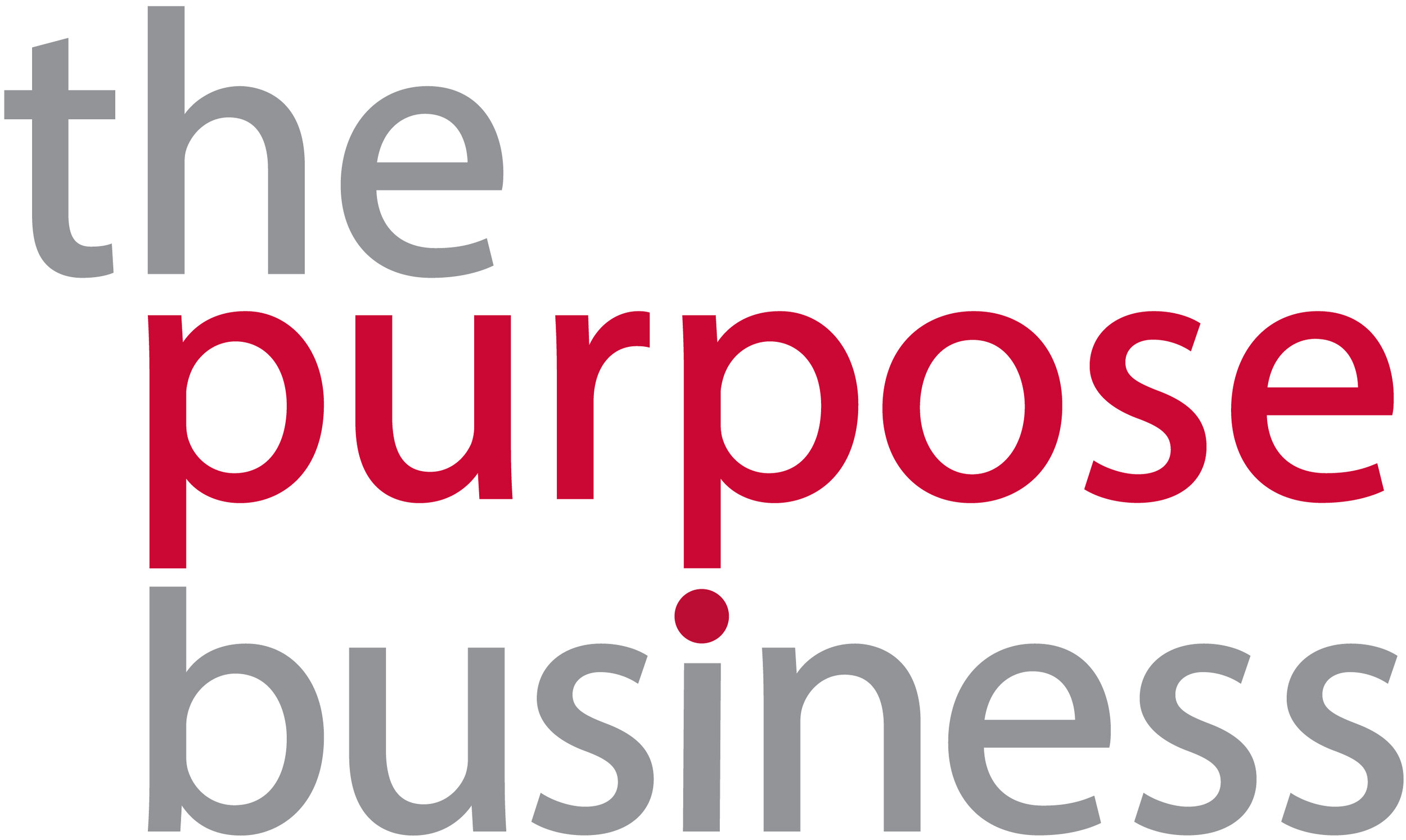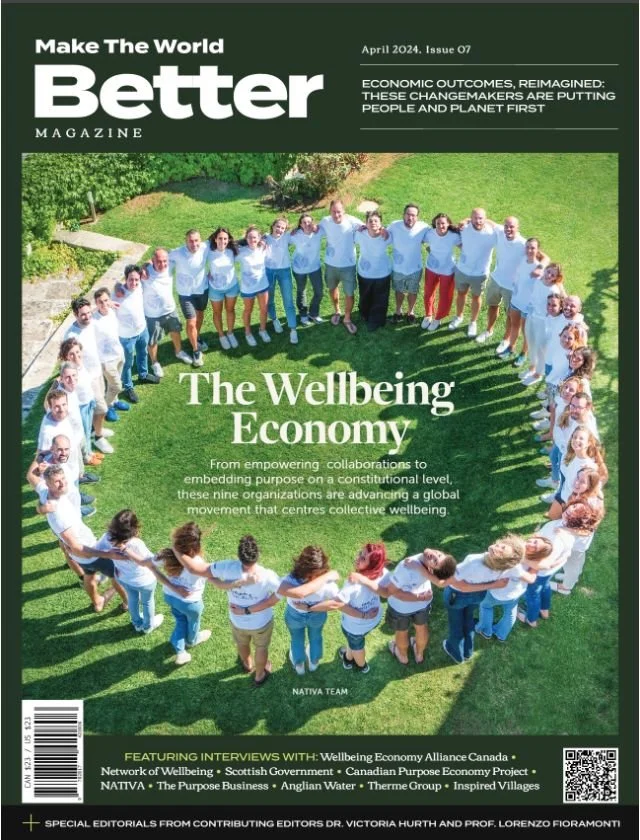Developing CSR beyond philanthropy: A strategy
Ny-Ann Nolasco, Sustainability Advisor, wants your CSR programme to have more impact – here’s how.
Corporate Social Responsibility (CSR) programmes are a complementary and important part of a company’s sustainability are evolving beyond philanthropy. In many instances CSR programmes began to feature in corporate reporting well before environmental initiatives were articulated and included, and today these sustainability main stays are evolving beyond philanthropy. Where CSR defined as “charitable giving” was sufficient a decade ago, today companies find that reframing CSR programmes as a multi-dimensional strategy requires partnering across business functions and with external collaborators in order to amplify impact and achieve higher, and deeper, return on investments (ROI).
Reflect your corporate priorities through your programmes and your budget
Your company’s CSR priorities reflect the company’s values and ethics and should be directly aligned with your corporate purpose and strategy. It is a key opportunity to demonstrate what is important to you in the world, and how you can make a difference.
A company’s budget allocation is an indication of its priority and your CSR programmes (and all sustainability endeavours) should therefore be resource-aligned accordingly. CSR is not only an investment in your company’s responsible growth, it is also an investment in the community and the ecosystem you’re part of.
What does that mean in practice? To move CSR beyond philanthropy, we challenge companies to create programmes that are more central to their core business issues. In other words, bring CSR efforts closer to the sustainable operations of the company rather than keeping it as a separate programme viewed as a cost-centre. Examples include:
Operations: Programmes that develop a leaner and more agile operations (such as working on a community programme to reduce plastic waste at the beginning of its life, rather than focusing on cleaning beaches)
Procurement: Encouraging and supporting sustainable and diverse sourcing (such as this financial literacy programme for farmers)
Marketing: Inclusive and positive messaging and communications
HR: Programmes that promote work life balance, furthering education, training, etc.
Consider the multiplier effect as a factor
“The multiplier effect refers to the increase in final income arising from any new injection of spending”, according to Economics Online. We can apply the same concept on the impact of your CSR investment. In this case, by conducting analysis on which CSR initiative will generate the higher multiplier factor to deliver a higher ROI/sROI for the same cost. Below are two simplified scenarios to illustrate the value of multiplier effect from “donating” to “funding” an CSR initiative.
Scenario A: The organisation donates Php100,000 towards your charity of choice. Your sustainability report will disclose:
Cash donation: Php100,000
In-kind donation: Php0
Scenario B: The organisation funds Php100,000 funds 2 disaster relief shelters for 2 families. Your sustainability report will disclose:
Cash donation: Php100,000
In-Kind donation: Php100,000
Accounting feel-good points: priceless
Align your efforts with SDG Goals
TPB encourages companies to align their efforts with a goal larger than their company or industry. The United Nations Sustainable Development Goals (SDGs) are a global plan to end poverty, fight inequality and stop climate change by 2030, that needs everyone – governments, civil society and businesses – to be involved. Alignment with the relevant SDGs conveys a deeper message that the company is not only part of a positive movement in the community, but is also addressing existing negative conditions in the community. According to Simon Mainwaring’s Forbes article,
“the simple act of making an intention to change, and then shifting your company’s behavior to reflect that stated change, can unlock massive storytelling potential for your brand as it helps create the future it wants to own. And it’s vitally important that you can stand behind the story (or stories) you’re telling. Today’s consumers are more eager than ever to embrace brands they see doing good out in the world, but are just as quick to mobilize against those that aren’t.”
The UN and Philippines understands the central role of private entities in achieving the 17 SDGs. In fact, the Philippine government agencies such as National Economic and Development Authority (NEDA) have fully incorporated SDGs in the Philippine Development Plan.
Track your CSR programs as an investment
To move beyond philanthropy, TPB encourages its client to identify key performance indicators (KPIs) at the start of the project. Companies with longstanding CSR efforts track basic metrics including cash cost of the project, in-kind contribution, number of beneficiaries, hours spend on the initiative, etc. Tracking these KPIs are important to conduct ROI analysis of each initiative.
These are just some of the different ways to move your CSR programmes beyond philanthropy. It is important that you adopt the ones that are right for your organisation. The goal is results that deliver for your company, community and the planet, so isn’t it worth making your investment work harder?




